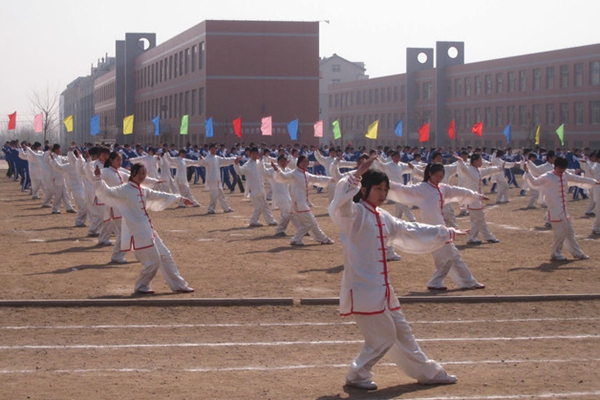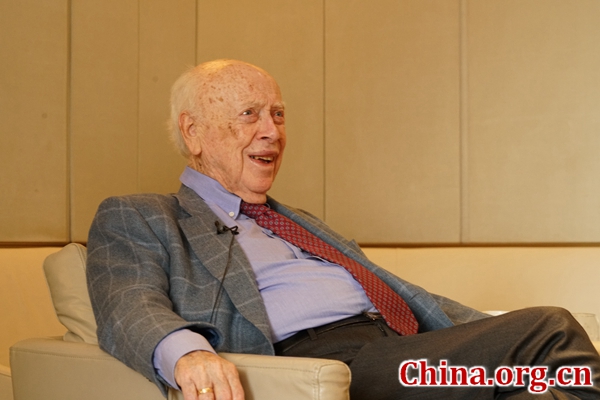Ensuring that teachers have the authority to maintain order in the classroom has been one of the areas where the Government has been making progress since 2010. One of the changes Michael Gove brought in was to reduce the pages of guidance that teachers were expected to follow from 600 to 50. It was also clarified that a teacher could use “reasonable force” – for instance to remove a pupil who was disrupting a lesson. Teachers can now give detentions without notice.
There will certainly be some teachers who will never be up to what is a very difficult job – and it is much better for everyone that they should pursue alternative careers. But there are very many others who can or could maintain good order with the necessary support. Tom Bennett has already produced proposals to make teacher training more practical in this regard. (He offers his top ten tips for behaviour management here.)
Bennett has now offered some more recommendations for the Government – in the form of an independent review of behaviour in schools. He says that even if individual teachers are capable and well trained they will still struggle to maintain order in a badly run school. The head needs to provide the right culture in the school.
Naturally the permanent exclusion of a pupil is regarded as rather drastic and only happens to a small number. Bennett proposes “internal inclusion units to offer targeted early specialist intervention with the primary aim of reintegrating students back into the mainstream school community” – in other words the pupil is removed from the class and therefore the disruption ceases, but this is as a temporary measure.
More visits should be made to those schools that have succeeded with regards to school discipline – often despite challenging circumstances, says Bennett. He also suggests that Ofsted could do a better job at gathering the views of teachers and pupils on behaviour management. Research has confirmed that many teachers ignore “low level disruption” and just try to carry on as best they can.
Ebbsfleet Academy in a deprived area of north Kent is offered as a case study. It was previously the Swan Valley Community School and began in its present incarnation under new management in 2012:
“All staff had their classes monitored and performance management put in place. This resulted in many teachers resigning of their own accord and some being dismissed. The former leadership team was made redundant.”
The school has “a leadership team with a clear culture, standards and vision for the school”; there is “attention to detail – strict rules, weekly equipment checks, detentions for such things as rubber or pen missing, uniform infractions, colour of hair”. While “any child caught with a mobile phone has it confiscated until the next school holiday”.
Bennett quotes plenty of other heartening examples of schools doing well. He looks at the importance of assemblies and wall displays, of involving governors and catering staff as well as teachers in upholding the school ethos. There was recognition of the need for teachers to maintain punctuality.
In Passmores Academy in Harlow the school charter which pupils sign up to includes the behaviour expected of pupils on their way to or from school and when in uniform as well. There is a centralised detention system. This helps ensure the rules are consistent and that the teachers handing out the detention do not have to take up their own time to supervise it.
Bennett also argues that where exclusions are needed the school make the tough choice to proceed with them:
“When they are required, they should be used. Inspections must not unfairly deter schools from meaningfully using exclusions by treating their existence as an exclusively negative strategy. It is important to examine the patterns of exclusion carefully, and to consider the context of exclusions in order to understand how appropriate they are. In some schools, a temporary, high exclusion rate may be a sign of effective leadership, not weak or over punitive.”
In the past, the reluctance to exclude has come from a concern that sending a child to a Pupil Referral Unit will set them on to a downward spiral. But the answer to that is to drive up the standards at these Units.
The Government’s response to Bennett’s report says:
“It is our ambition to give schools control of Alternative Provision budgets to enable them to commission AP for pupils who require it (including those who have been permanently excluded) as well as accountability for pupils’ educational outcomes whilst they are in AP. Giving schools responsibility for commissioning AP and accountability for pupils’ educational outcomes will incentivise them to take preventative approaches and to achieve value for money when identifying the best and most suitable alternative provision for any child that needs it.”
There is plenty of good progress being made. On the other hand, attempts to evaluate the scale of disorder in classrooms have probably resulted in underestimates – due to many teachers and their heads being reluctant to acknowledge such difficulties. Bennett’s report is positive and constructive but also honest about the scale of the challenge – and robust in identifying how it can be met.

